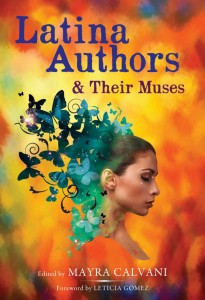Authors and Editors – If you’ve ever wondered what the relationship between editors and authors is, read this excellent post by Lynn Neary on the NPR blog. The title of the article is “What Exactly Does An Editor Do? The Role Has Changed Over Time.” Excerpts from the article:
How much do editors shape the final book we read? According to Rebecca Saletan, vice president and editorial director of Riverhead Books, “The first task is [to] just take it at face value: What is this writer trying to say? What is the project of this book?” Saletan explains. “Once you understand that, then you have to make tough decisions: Is this a good idea? Will there be an audience for it? Is this the right person to tell the story? Do they have the ability? If they don’t have the ability, what’s lacking? What can you bring to it? That’s all the initial phase of evaluation. What I’m looking for is a mind that is capable of grappling with the structure of something as big as a book.”
Read the entire post to find out more. Very interesting.
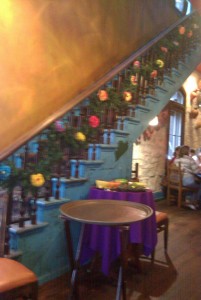
“Possibly the greatest role a book can play in the lives of young readers is to assure them that they aren’t alone.” – Richard Peck

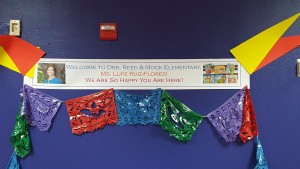
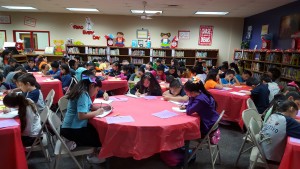
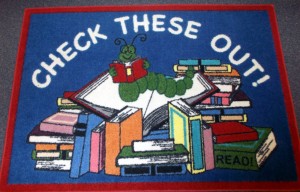
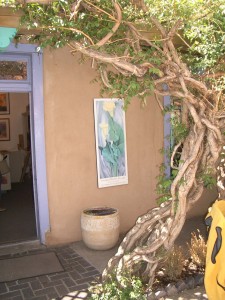
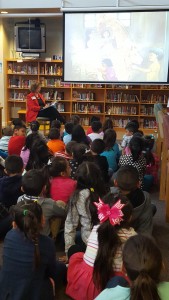
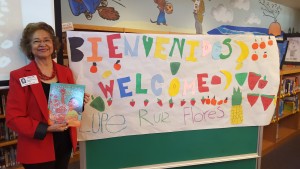
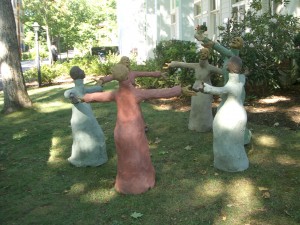
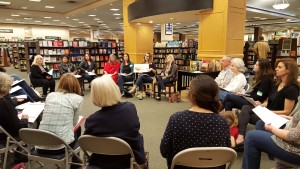
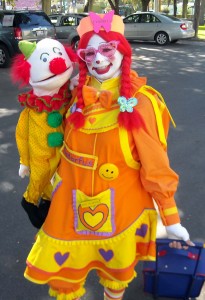
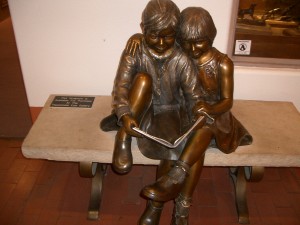 I’ve been revising a picture book manuscript which I started months ago. It’s been gathering dust in my work-in-progress files. Coming back and reading it with fresh eyes helps. I can see where I needed to develop my character more and write in more descriptive details to really make the story. Sometimes I need to go back and reread some of the notes I’ve taken at workshops and conferences or even take out that book on the writing process.
I’ve been revising a picture book manuscript which I started months ago. It’s been gathering dust in my work-in-progress files. Coming back and reading it with fresh eyes helps. I can see where I needed to develop my character more and write in more descriptive details to really make the story. Sometimes I need to go back and reread some of the notes I’ve taken at workshops and conferences or even take out that book on the writing process.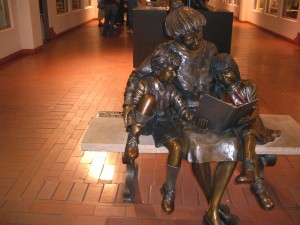 And here’s another great list on the
And here’s another great list on the 